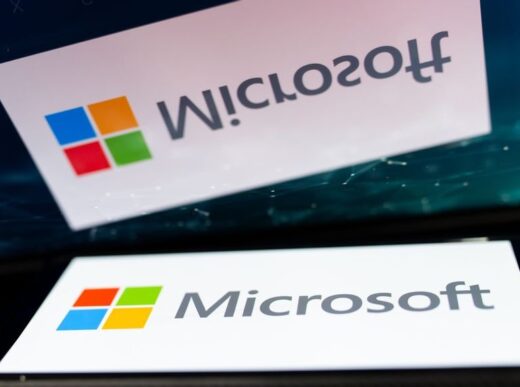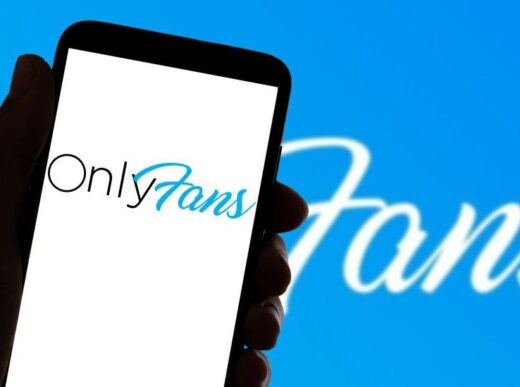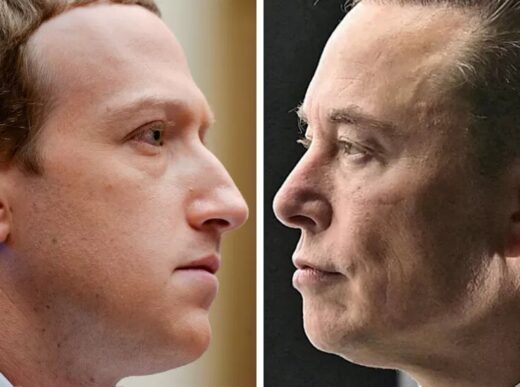Apple’s upcoming iPhone, set to be unveiled on September 12th, is expected to feature a USB-C charging port, signaling a departure from its proprietary Lightning adapter. This shift comes as a response to European Union regulations mandating a common charging connection for phones by December 2024, aiming to reduce consumer costs and electronic waste. While Apple had initially opposed these regulations, it appears the tech giant is aligning itself with the EU’s directive.
USB-C: A Common Connector for All
Apple’s current lineup of phones relies on the Lightning adaptor, setting it apart from competitors like Samsung that have embraced USB-C. However, the EU’s common-charger rule has prompted Apple to adapt. This move aligns with Apple’s trend of adopting USB-C in most of its newer products, such as the latest iPads. The EU’s regulations emphasize the need for a unified charging solution to benefit consumers and the environment.
Apple had previously argued against these regulations, asserting that strict mandates for a single connector type hinder innovation and ultimately harm consumers. However, the changing landscape and regulatory pressures have led Apple to reconsider its position.
Transitioning from Lightning to USB-C
Apple’s transition to USB-C is already underway, with the change expected to become more prominent in the upcoming iPhone 15 and iPhone 15 Pro devices, set to be unveiled at the company’s annual autumn event. This shift presents several advantages for users:
- Universal Compatibility: Users will be able to use a single charger for a range of Apple devices, including iPads, Macs, and iPhones, simplifying the charging process.
- Enhanced Speed: USB-C offers faster download speeds, improving the overall user experience.
EU Regulations: Impact and Coverage
The EU’s common-charger rule extends to various “small and medium-sized portable electronics,” encompassing an array of devices, including mobile phones, tablets, e-readers, mice, keyboards, GPS devices, headphones, digital cameras, handheld videogame consoles, and portable speakers. These devices, when charged using a wired cable, must incorporate a USB Type-C port, regardless of the manufacturer.
While laptops are also subject to these regulations, manufacturers have more time to implement the necessary changes.
The EU estimates that these regulations will save consumers “up to €250 million [£213 million] a year on unnecessary charger purchases” and reduce electronic waste by 11,000 tonnes annually.
Global Impact and Future Considerations
While it’s almost certain that the new iPhone will feature a USB-C port to comply with EU regulations, it remains unclear whether this change will be applied globally or only to devices intended for the European market. Apple may opt for a universal approach to streamline its product lineup and simplify manufacturing.
As Apple embraces USB-C for its iPhones, this shift could potentially signal the gradual retirement of the Lightning cable. Apple currently sells Lightning cables for £19 on its online store.
In conclusion, Apple’s adaptation to EU regulations reflects broader industry trends towards standardized connectors and sustainable practices. The transition to USB-C not only aligns with regulatory requirements but also offers practical benefits for consumers, fostering compatibility and faster charging speeds. As technology companies evolve, they continue to navigate the dynamic landscape of regulations, innovation, and environmental responsibility.















